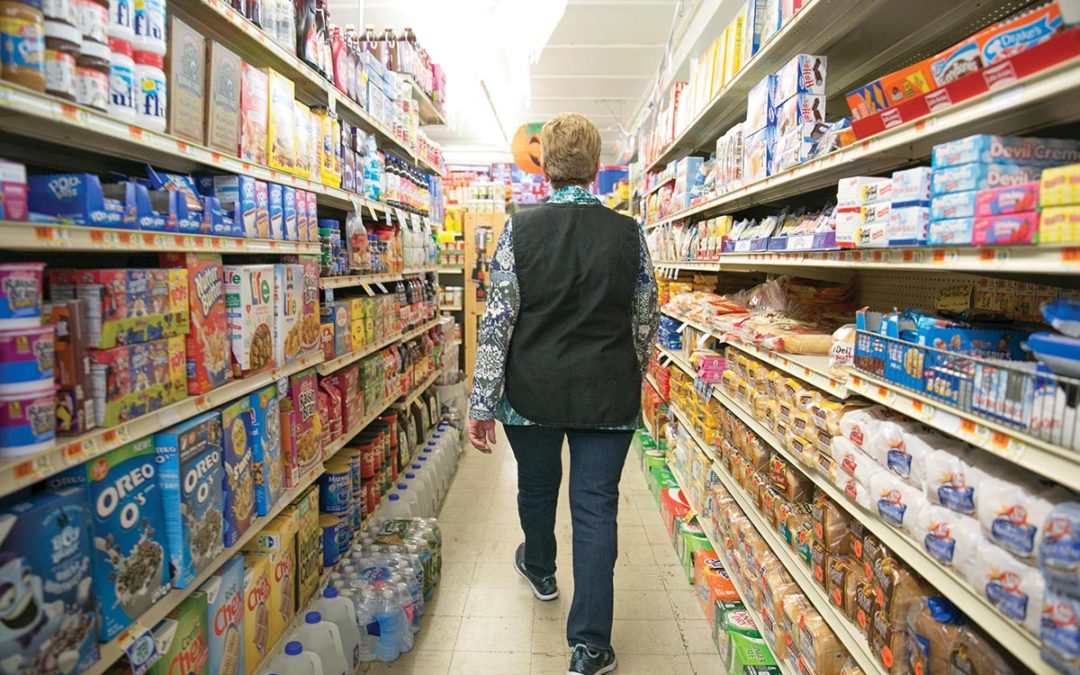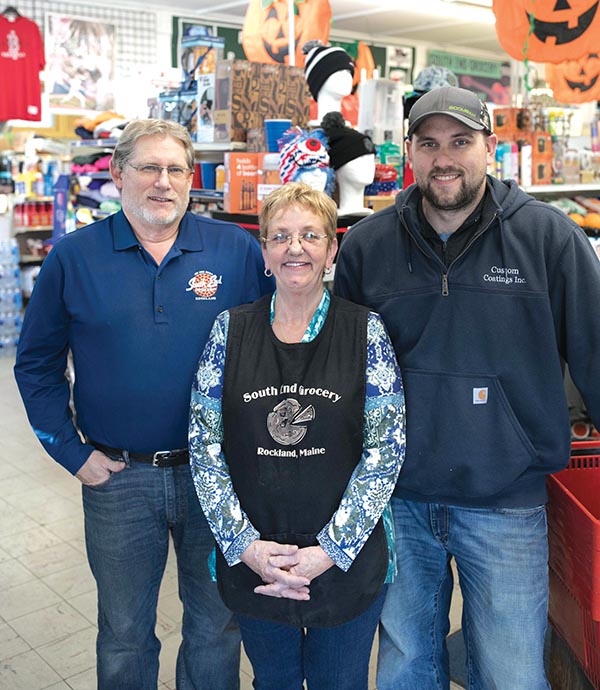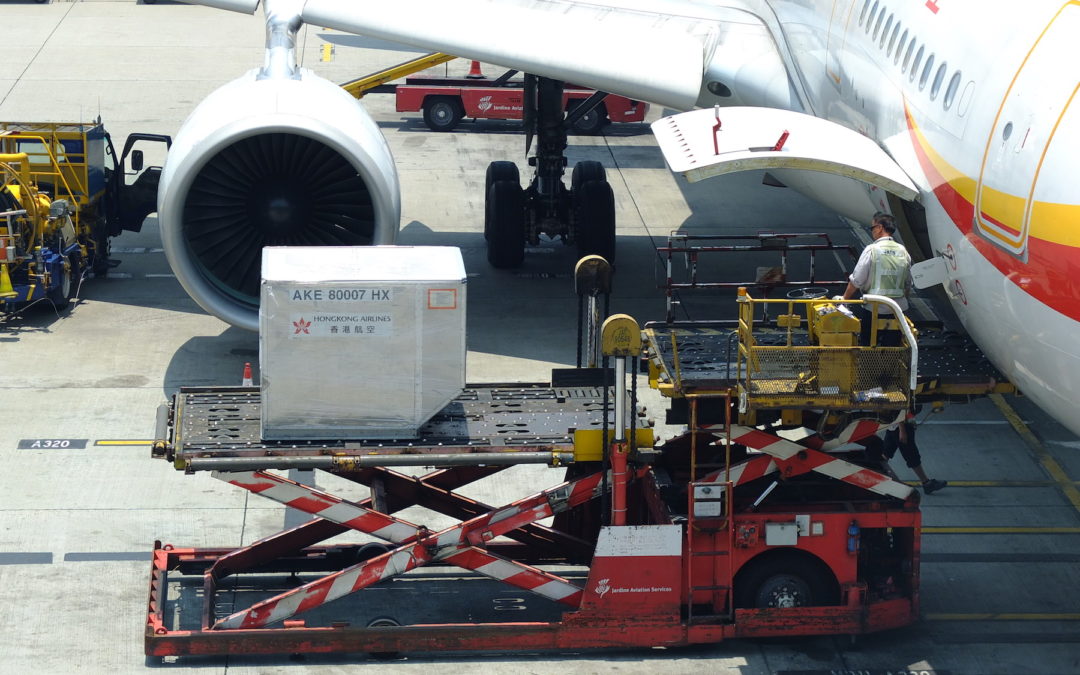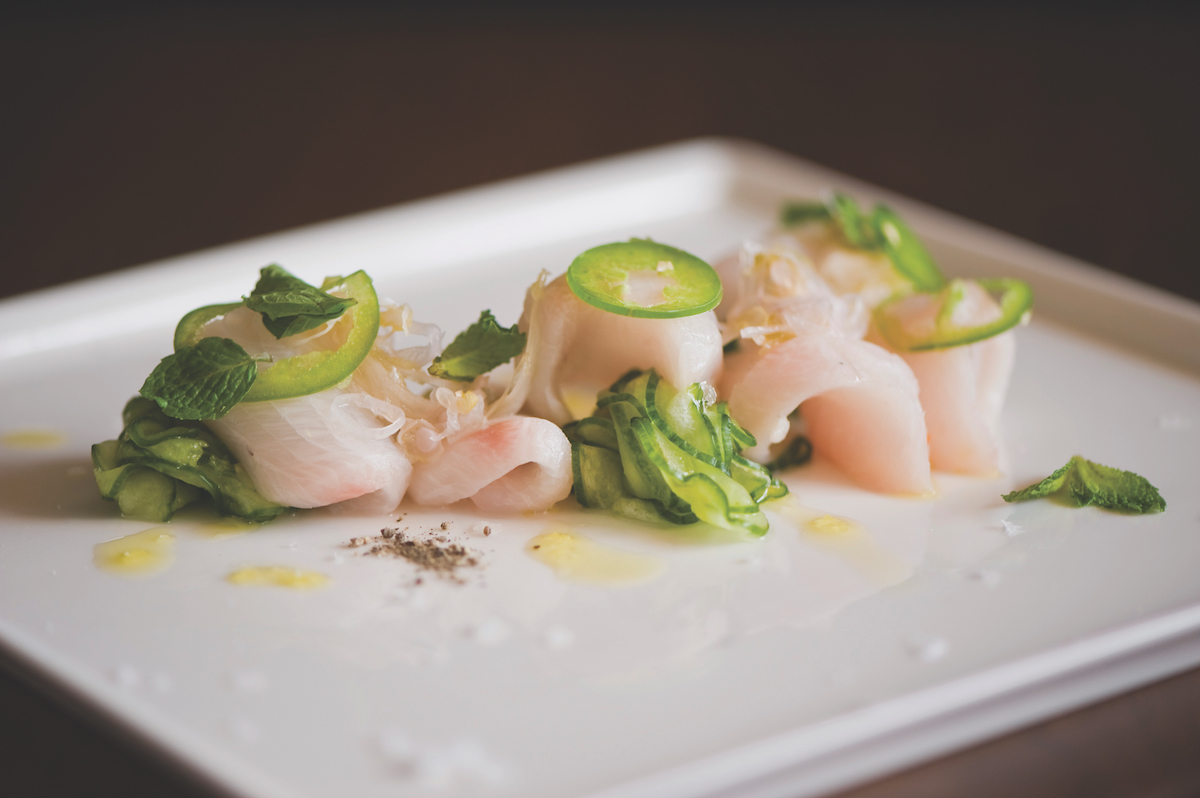
Food for Thought: South End Grocery
Dody and Steve Hiller are “mom and pop” of a small grocery store in Rockland, Maine, a fishing village turned tourist town. Fishermen still live and work there, but a few decades ago the town looked toward its art community for income and began shedding its image as a working waterfront.
South End Grocery has endured these changes, competing with modern mega-markets and maintaining a close connection with its community. The store thrives in a city whose 7,000 year-round residents have an annual median income of just $30,000, despite its new persona as an arty destination.
On a steamy summer day, customers form a long line at the lone cash register. The Hillers’ store is the third-largest grocery store in Rockland behind Shaw’s and Hannaford’s, two big supermarket chains. Despite its competitors’ being so large, South End seems to carry much of what they do — and more. You can find baseball memorabilia in one case, aisles lined with beer-packed coolers that share space with bananas and a bustling deli at the back of the store.
A bright blue runner leads customers through its single doorway, in which one often finds a community volunteer, raising funds for the animal shelter or a bereaved family that just lost a child to cancer. Sharing their space is one way the Hillers maintain a connection with their customers, about 75 percent of whom are fishermen. When the economy crashed in 2008, the Hillers saw fishermen struggle to make ends meet and decided to address their needs, seeking lower-priced products whenever possible.
Dody runs the deli area, which is responsible for 60 percent of their revenue, preparing meatball sandwiches and breakfast sausages. Son Shawn manages the bookkeeping and tech side of the business and boasts an impressive knowledge of local craft beers, which may be the reason South End is the top seller of beer kegs in the region.
Steve is the logistics guy, always calculating how much to order and when, then figuring out where to store it. He’s always on hand to meet vendors and distributors who pull up outside. In fact, if truck drivers roll into town too early to deliver their loads at Shaw’s, they rumble down to South End, where Doty greets them with hot coffee.
When a Walmart store came to the area a few years ago, the Hillers thought their store might be threatened. But their business recovered and carried on as usual, holding steady every year since then. Their biggest fear is the arrival of a Dollar General Store. Chances are, though, it won’t come with its own mom and pop.

Dody Hiller (center) at South End Grocery, the small supermarket in Rockland, Maine, that she owns with her husband, Steve (left), pictured with their son, Shawn (right). For more than 20 years, the Hillers have served their waterfront community, weathering the changes that have seen Rockland transform from a fishing village to an arty destination.




